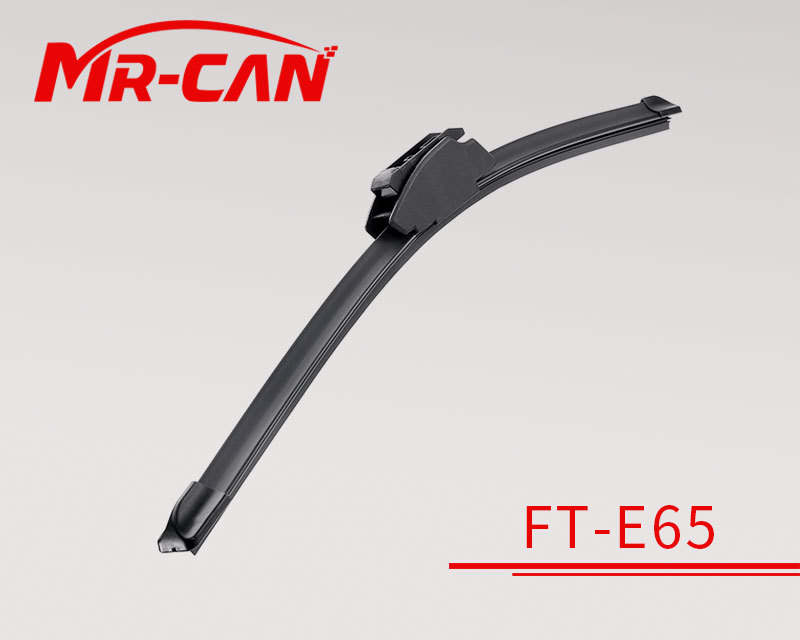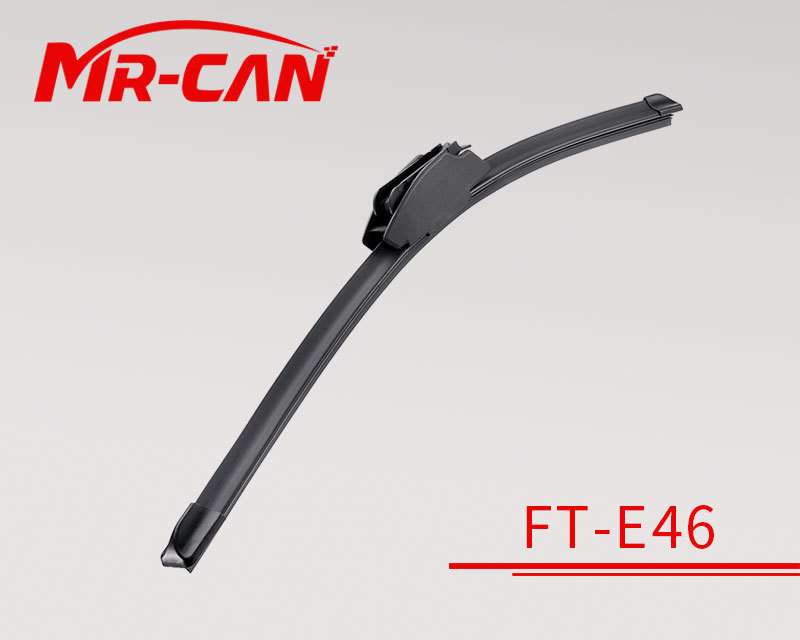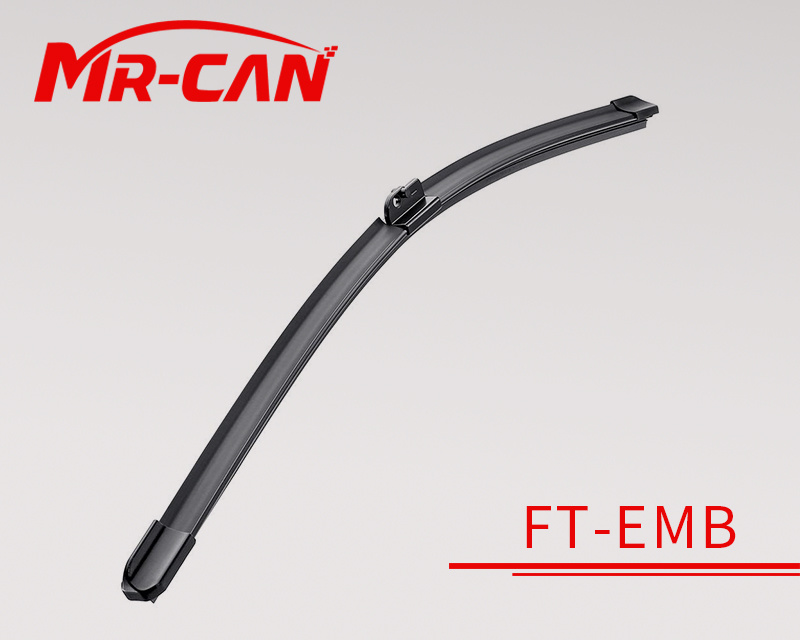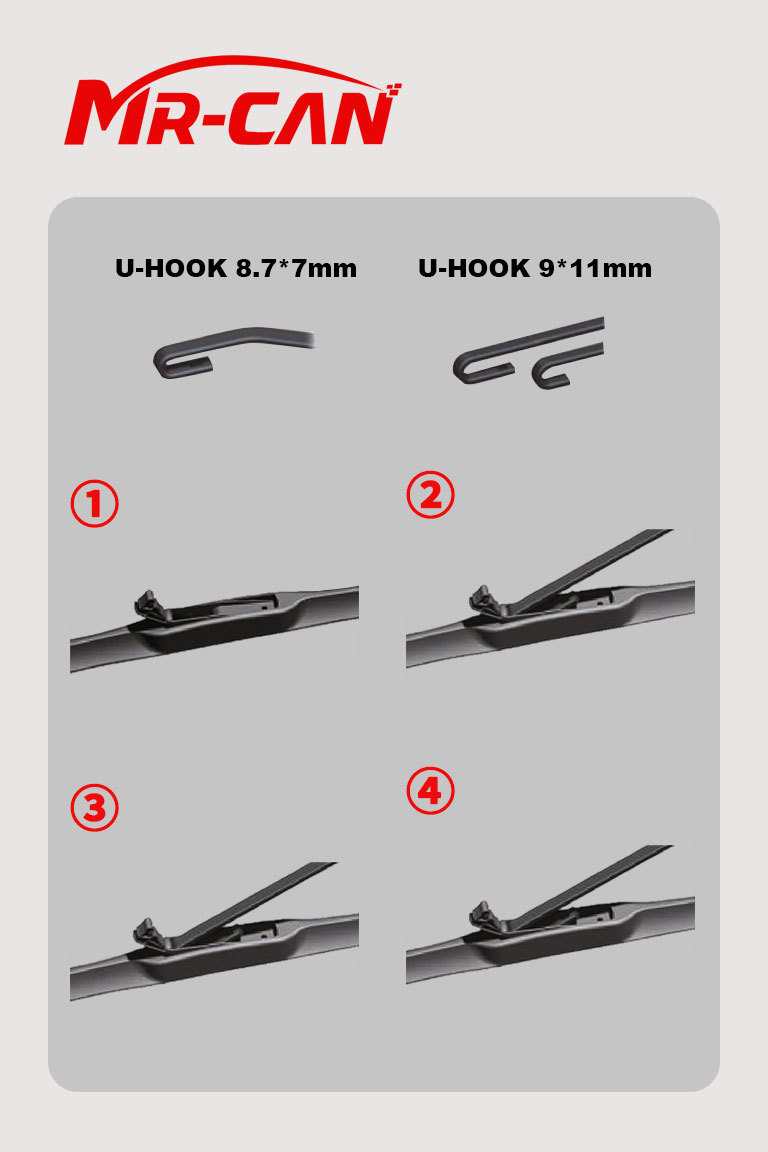Maximizing Performance and Longevity: The Essential Guide to Bus Wiper Blades
Release Time:
Mar 04,2025
When it comes to bus maintenance, one often overlooked yet critical component is the wiper blade. In the context of the automotive and accessories sector, particularly under the category of body and attachments, bus wiper blades play a vital role in ensuring driver visibility and passenger safety. As weather conditions can be unpredictable, having high-quality wiper blades is essential for the per

When it comes to bus maintenance, one often overlooked yet critical component is the wiper blade. In the context of the automotive and accessories sector, particularly under the category of body and attachments, bus wiper blades play a vital role in ensuring driver visibility and passenger safety. As weather conditions can be unpredictable, having high-quality wiper blades is essential for the performance of any bus fleet.
First and foremost, it's important to understand the different types of wiper blades available in the market. There are conventional, beam, and hybrid wiper blades, each designed with specific functionalities and advantages. Conventional blades are cost-effective and widely used, while beam blades offer more flexibility and better performance in heavy rain. Hybrid blades combine the best of both worlds, providing robust performance and durability. Choosing the right type for your buses can enhance visibility during adverse weather conditions, ultimately contributing to safer driving experiences.
Another significant factor to consider is the material used in the construction of the wiper blade. Most high-quality wiper blades are made from natural rubber or silicone. Natural rubber blades tend to wear out quickly but are affordable, while silicone blades boast a longer lifespan and improved performance in extreme temperatures. Investing in silicone wiper blades can lead to fewer replacements and lower long-term costs, making them an attractive option for fleet operators.
Maintenance is another critical aspect that should not be overlooked. Regularly inspecting and cleaning wiper blades can extend their lifespan and improve performance. Dirt, debris, and grime can build up on the blade, leading to streaking and reduced visibility. It is advisable to wipe the blades with a damp cloth and inspect them for any signs of wear or damage. If any cracks or tears are present, timely replacement is necessary to ensure passenger safety and driver visibility.
Finally, it is essential for bus operators to stay informed about the latest technological advancements in wiper blade design. Innovations such as noise-reducing technology and enhanced aerodynamic designs are becoming increasingly popular. These advancements not only improve the performance of wiper blades but also contribute to a quieter and more comfortable environment for passengers.
In conclusion, understanding the significance of bus wiper blades in the automotive and accessories industry is vital for optimizing vehicle performance and ensuring safety. By selecting the appropriate type of blade, using quality materials, maintaining them properly, and staying abreast of new technologies, fleet operators can maximize the longevity and efficiency of their bus wiper systems. This proactive approach will not only enhance the driving experience but also reflect positively on the overall reputation of the bus service.
First and foremost, it's important to understand the different types of wiper blades available in the market. There are conventional, beam, and hybrid wiper blades, each designed with specific functionalities and advantages. Conventional blades are cost-effective and widely used, while beam blades offer more flexibility and better performance in heavy rain. Hybrid blades combine the best of both worlds, providing robust performance and durability. Choosing the right type for your buses can enhance visibility during adverse weather conditions, ultimately contributing to safer driving experiences.
Another significant factor to consider is the material used in the construction of the wiper blade. Most high-quality wiper blades are made from natural rubber or silicone. Natural rubber blades tend to wear out quickly but are affordable, while silicone blades boast a longer lifespan and improved performance in extreme temperatures. Investing in silicone wiper blades can lead to fewer replacements and lower long-term costs, making them an attractive option for fleet operators.
Maintenance is another critical aspect that should not be overlooked. Regularly inspecting and cleaning wiper blades can extend their lifespan and improve performance. Dirt, debris, and grime can build up on the blade, leading to streaking and reduced visibility. It is advisable to wipe the blades with a damp cloth and inspect them for any signs of wear or damage. If any cracks or tears are present, timely replacement is necessary to ensure passenger safety and driver visibility.
Finally, it is essential for bus operators to stay informed about the latest technological advancements in wiper blade design. Innovations such as noise-reducing technology and enhanced aerodynamic designs are becoming increasingly popular. These advancements not only improve the performance of wiper blades but also contribute to a quieter and more comfortable environment for passengers.
In conclusion, understanding the significance of bus wiper blades in the automotive and accessories industry is vital for optimizing vehicle performance and ensuring safety. By selecting the appropriate type of blade, using quality materials, maintaining them properly, and staying abreast of new technologies, fleet operators can maximize the longevity and efficiency of their bus wiper systems. This proactive approach will not only enhance the driving experience but also reflect positively on the overall reputation of the bus service.
Keywords:
More information




